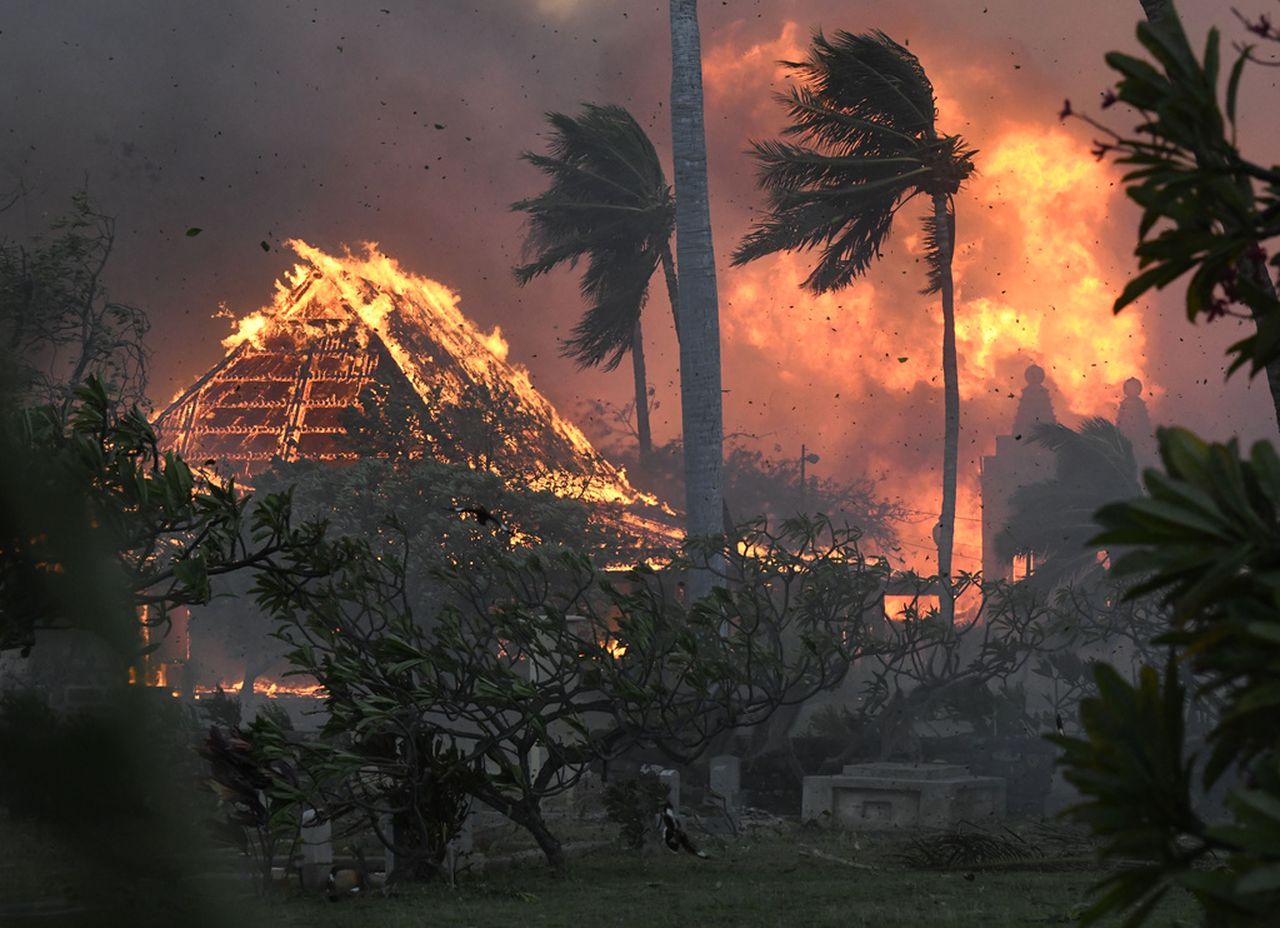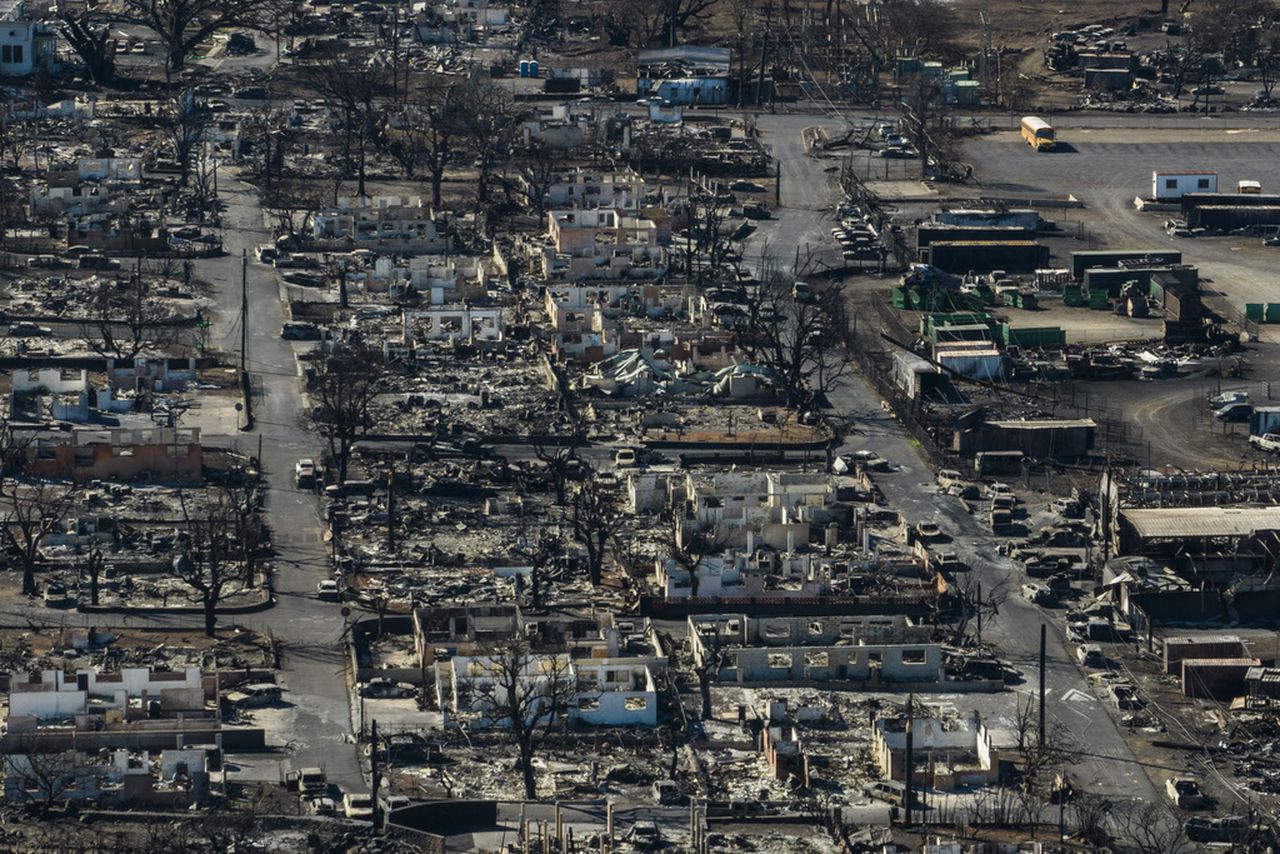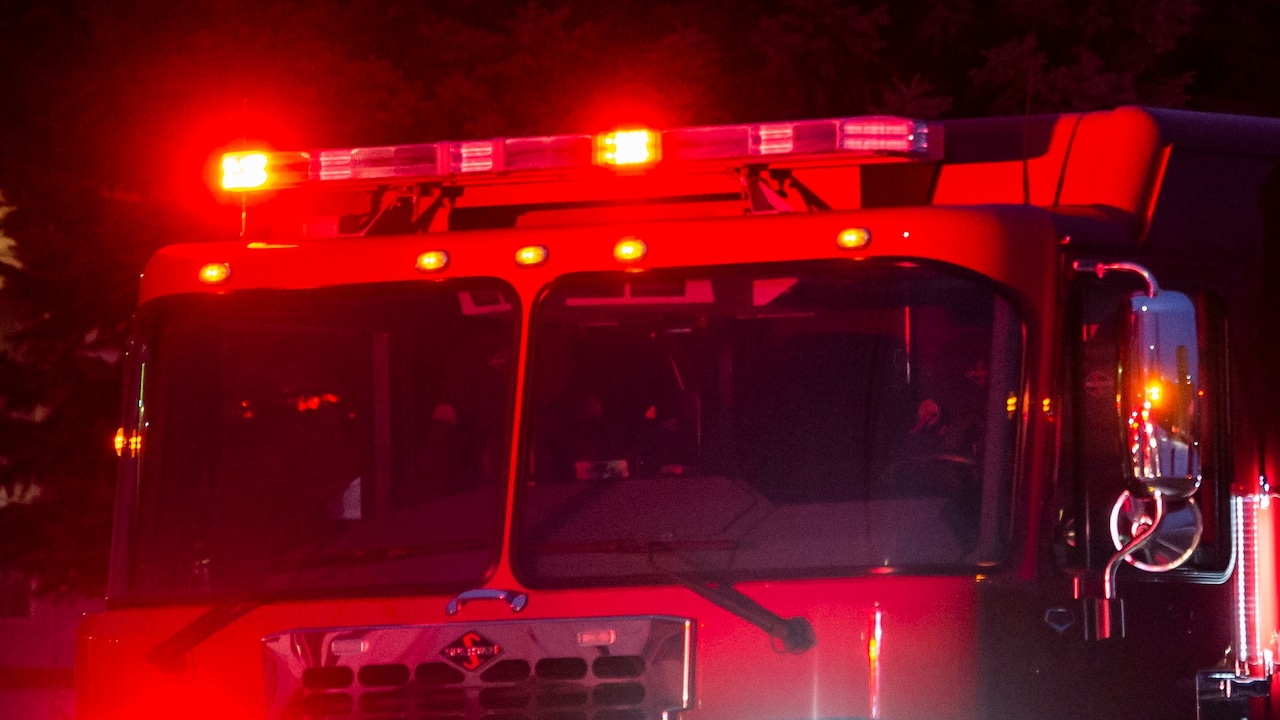At least 114 people have died in the Maui fires, making it the deadliest U.S. wildfire in over 100 years. Officials think 850 people are still missing, with many believed to have perished in the historic community of Lāhainā. As children return to school this week, at least 1 in 4 pupils will miss class.
For the Reckon Report this month, we’re going to be focusing on climate change, the increasing violence of natural disasters and solutions communities are trying out to keep life going on our warming planet.
It’s been nearly two weeks since fires swept through and destroyed over 80% of Lāhainā, a town of deep cultural significance for native Hawaiians. For around 25 years, starting in 1820, it was the capital of Hawaii and briefly the Royal residence of Hawaii’s former king, Kamehameha III.
Today, it looks apocalyptic. President Joe Biden made his first visit on Monday. Piles of ash, decimated trees, burned-out cars, and homes are all that remain as families, FEMA, and other aid groups pick through the rubble. The death toll is expected to increase significantly in the weeks and months ahead.
While the search for survivors within Lāhainā is over, the grueling process of finding and identifying the dead has begun and could take years. For context, there are over 1,000 people who have yet to be identified after 9/11.
In the meantime, locals and officials are still figuring out exactly what happened and how to move forward.

FILE – The hall of historic Waiola Church in Lahaina and nearby Lahaina Hongwanji Mission are engulfed in flames along Wainee Street, Tuesday, Aug. 8, 2023, in Lahaina, Hawaii. (Matthew Thayer/The Maui News via AP, File)AP
A quick look back
The fires started Aug. 8 after a powerline was knocked over by high winds coming from category 4 Hurricane Dora, which was about 700 miles off the coast of the island at the time. The winds spread the fire quickly, helped by drought conditions.
Maui’s fire alarm system was not activated, resulting in the resignation of the island’s top emergency management official. Herman Andaya said that he didn’t use the sirens because he believed it would have caused more deaths. The alarms ordinarily warn residents about tsunamis and to look for higher ground, like the surrounding mountains. However, those were on fire at the time. Leaders are also accused of not releasing water for firefighters to tackle the blaze.
While hundreds of families are displaced and may not return to Lāhainā for months or even years, locals are warning against the temptation to cash in on the valuable land by selling it to developers.
“We loved our home in Lāhainā, and we’re not leaving,” said resident Ariel Ah Hee, who lost her home and has heard that realtors are already in contact with people who have lost theirs. “We have faith, and we have hope that everyone will rebuild because we want to live next to our neighbors again and for this town to stay in the hands of the people of Maui.”
The fires have undoubtedly reopened old wounds, specifically the generational trauma from past colonialism and fears that the empty lots may be a door for it to continue unabated.

FILE – A general view shows the aftermath of a wildfire in Lahaina, Hawaii, Thursday, Aug. 17, 2023. Hope is hard to let go of as odds wane over reuniting with still-missing loved ones after a fire swept across the town of Lahaina on Hawaii’s Maui island earlier this month. (AP Photo/Jae C. Hong, File)AP
Why it matters now
While it could be argued that the powerline and high winds were simply unlucky, they were helped by other elements that have been known and in plain sight since colonialism arrived hundreds of years ago. Firstly, at least 79 non-native species were brought to the island as early as 1793 by Europeans and, later, Americans to feed cattle and prevent erosion. Nearly 20 of those non-native species specifically contribute to Hawaii’s wildfire risk. The worst offenders are types of grass. Guinea Grass, for example, can grow six inches a day during the rainy season and reach a height of 10 feet.
Then there’s the drought. Starting with American-owned sugar plantations in the early 1830s and other types of big agriculture now, tens of millions of gallons of water are diverted out of Maui’s streams every day. The practice has been in various types of litigation for decades, with some suggesting it contributed to drought and worsened the risk of fire.
Some locals don’t even trust FEMA, believing accepting aid could mean losing their land. While this is not true, it reveals a continued distrust of the federal government. Hawaii was annexed by the U.S. government in 1898 and made a state in 1959. While popular at the time, the influx of vast resorts and tourists has strained Hawaii’s natural resources. This has led to an anti-tourist movement as Hawaiians look to preserve the environment for future generations.
In July 2024, a group of young Hawaiians will face the state’s Department of Transportation in court, accusing the agency of breaching their constitutional right to a clean and healthful environment. They believe the department ignores the state’s goal of achieving a zero-emissions economy by 2045.
The fires will be part of the plaintiff’s argument.
Only three other states offer that level of environmental protection (New York, Montana, and Pennsylvania.) A similar case was settled in Montana, where a group of youth plaintiffs beat the state in a landmark climate case.
Go deeper
A final Reckon note…
Donating directly is the best way to help families impacted by the wildfires. A Google doc of families in need is being circulated and is run by locals and can be found here. Also, check out Reckon’s Instagram post on how you can do something to help.
Lastly, don’t go to Maui. At least for now. Not until the locals tell you otherwise.






